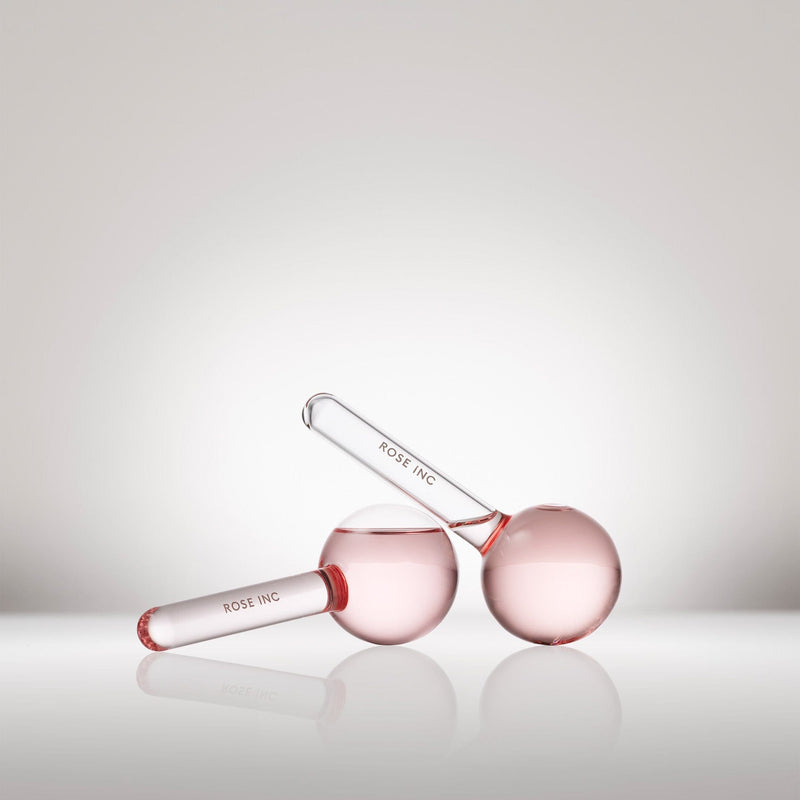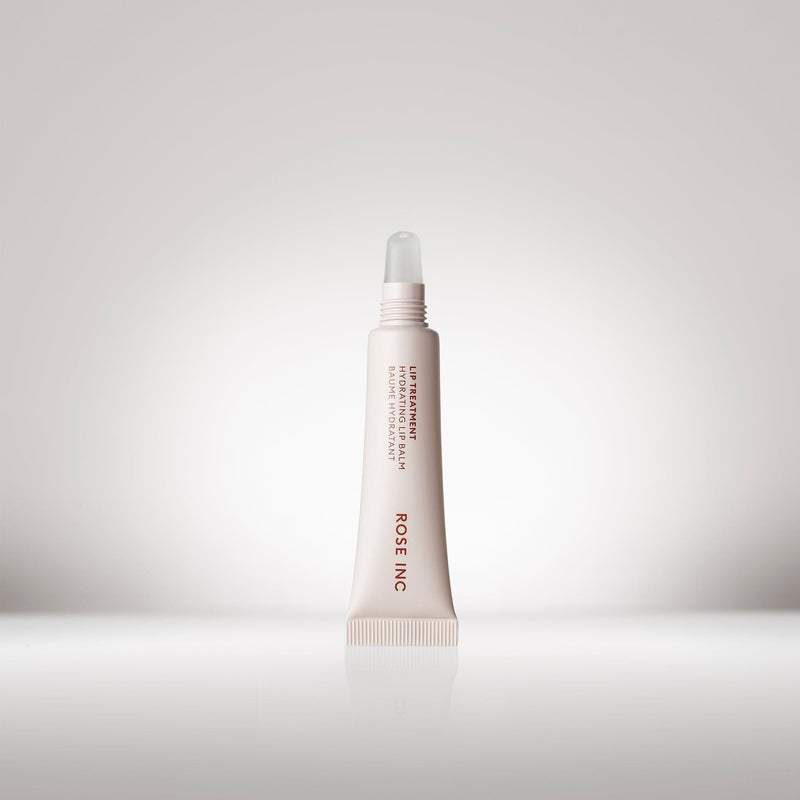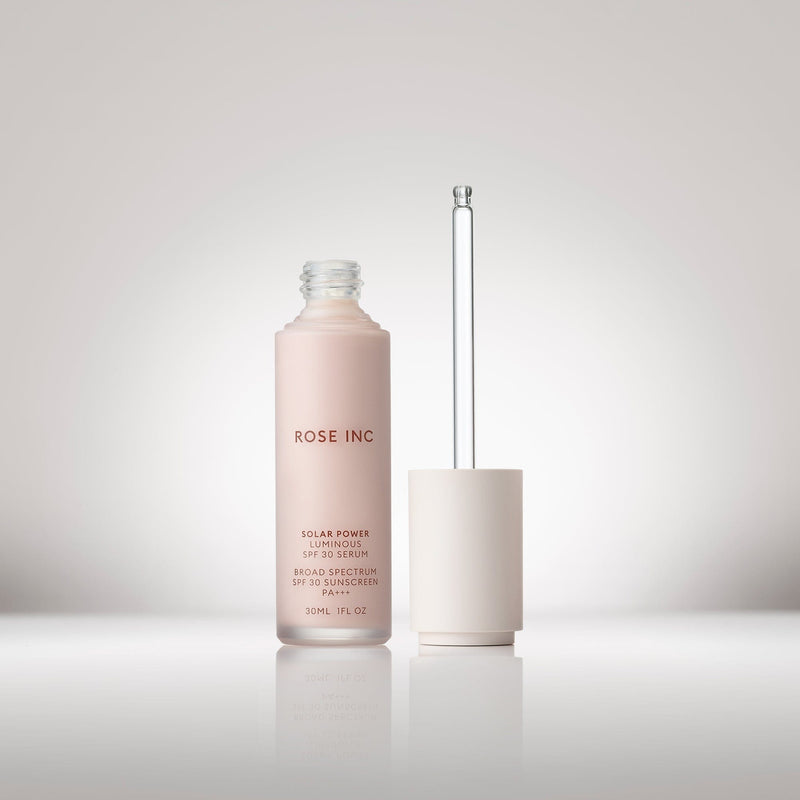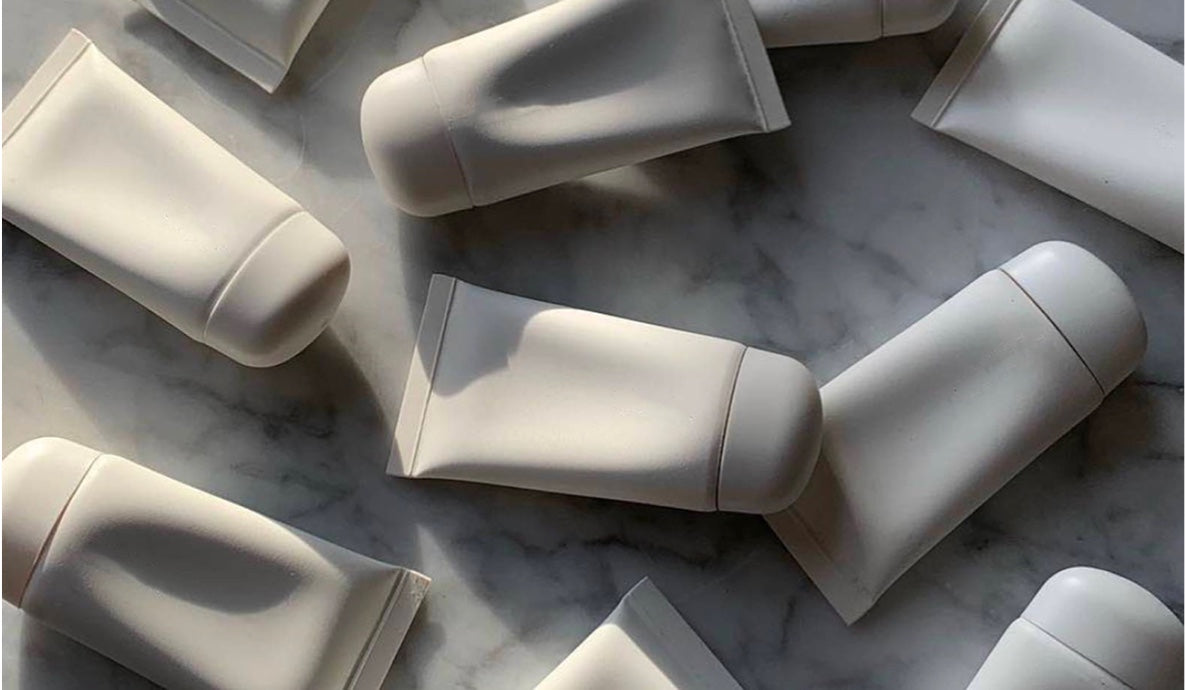
The Type of Sunscreen You Should Use, According to Your Ski...
Protect yourself

A medium-buildable foundation with a smooth, soft-matte finish.
31N
Deep with Neutral Undertone
30W
Deep with Warm Red Undertone
29N
Deep with Neutral Red Undertone
28W
Deep with Warm Golden Undertone
27C
Deep with Cool Red Undertone
26N
Deep with Cool Red Undertone
25W
Deep with Warm Golden Undertone
24W
Medium-Deep with Warm Olive Undertone
23C
Medium-Deep with Cool Pink Undertone
22N
Medium-Deep with Neutral Undertone
21W
Medium-Deep with Neutral Undertone
20N
Medium-Deep with Neutral Golden Undertone
19N
Medium-Deep with Neutral Undertone
18W
Medium-Deep with Warm Golden Undertone
17C
Medium with Cool Pink Undertone
16W
Medium with Warm Olive Undertone
15N
Medium with Neutral Golden Undertone
14W
Medium with Warm Peach Undertone
13N
Medium with Neutral Undertone
12C
Medium with Cool Neutral Undertone
11W
Medium with Warm Golden Undertone
10N
Light-Medium with Neutral Olive Undertone
9W
Light-Medium with Warm Peach Undertone
8N
Light with Neutral Undertone
7C
Light with Cool Pink Undertone
6W
Light with Warm Golden Undertone
5N
Light with Neutral Undertone
4W
Light with Warm Golden Undertone
3N
Fair with Neutral Undertone
2N
Fair with Neutral Olive Undertone
1C
Fair with Cool Pink Undertone
31N
Deep with Neutral Undertone
Medium Coverage, brightening, balancing

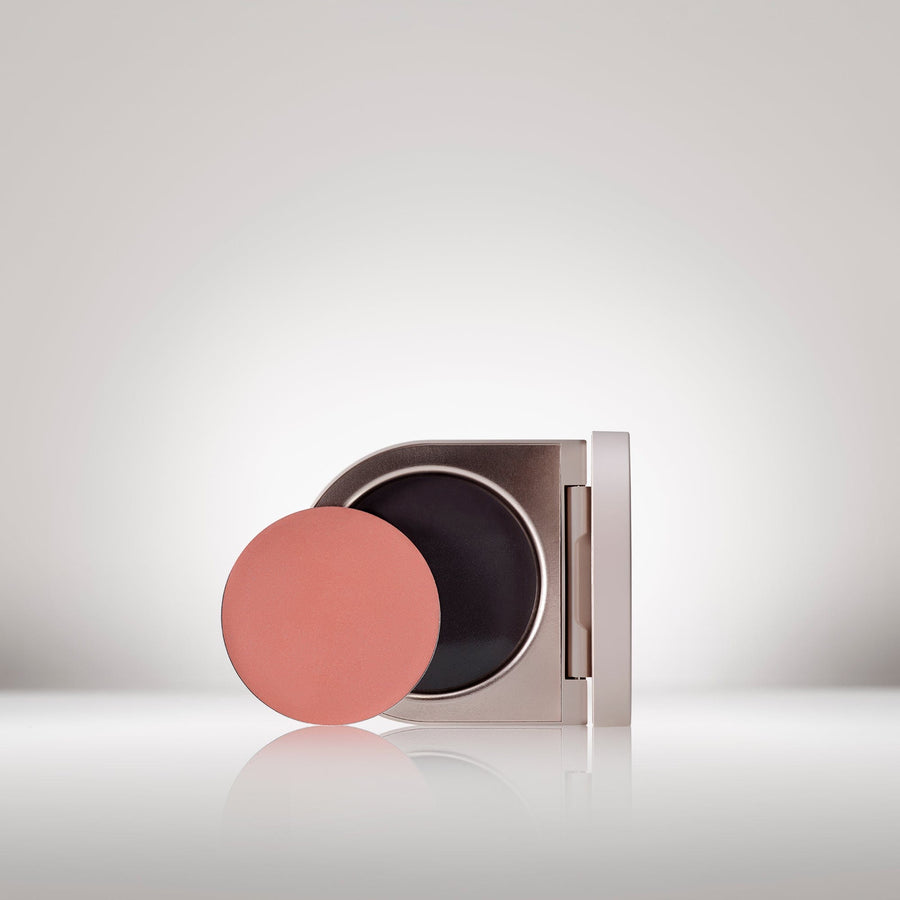
A hydrating cream that brightens and blurs with a radiant...
Hydrangea
Light cool pink
Wisteria
Coral pink
Anemone
Coral
Heliotrope
Apricot
Delphine
Muted peach
Daylily
Rich taupe
Foxglove
Warm terracotta
Ophelia
True pink
Camellia
Mauve
Hibiscus
Bright plum
Azalea
Berry
Dahlia
Deep berry
Hydrangea
Light cool pink
Brightening, blurring and longwearing

A does-it-all concealer that brightens, blurs and contours while nourishing...
LX 200
Very Deep Skin Tone, Neutral Undertone
LX 190
Very Deep Skin Tone, Cool Red Undertone
LX 180
Deep Skin Tone, Warm Neutral Undertone
LX 170
Deep Skin Tone, Golden Undertone
LX 160
Deep Skin Tone, Red Undertone
LX 150
Deep Skin Tone, Neutral Undertone
LX 140
Medium/Deep Skin Tone, Neutral Undertone
LX 130
Medium/Deep Skin Tone, Warm Golden Undertone
LX 120
Medium/Deep Skin Tone, Pink Undertone
LX 110
Medium/Deep Skin Tone, Golden Undertone
LX 100
Medium/Deep Skin Tone, Peach Undertone
LX 090
Medium Skin Tone, Olive Undertone
LX 080
Medium Skin Tone, Pink Undertone
LX 070
Medium Skin Tone, Golden Undertone
LX 060
Medium Skin Tone, Peach Undertone
LX 050
Light/Medium Skin Tone, Neutral Undertone
LX 040
Light/Medium Skin Tone, Golden Neutral Undertone
LX 030
Light Skin Tone, Pink Undertone
LX 020
Light Skin Tone, Peach Undertone
LX 010
Fair Skin Tone, Neutral Undertone
LX 200
Very Deep Skin Tone, Neutral Undertone
Medium coverage, brightening, blurring


A hydrating skin tint that delivers powerful skincare and sheer,...
140
Very Deep Skin Tone/Red Undertone
130
Deep Skin Tone/Neutral Undertone
120
Deep Skin Tone/Red Undertone
110
Deep Skin Tone/Golden Undertone
100
Medium Deep Skin Tone/Golden Undertone
090
Medium Deep Skin Tone/Olive Undertone
080
Medium Tan Skin Tone/ Peach Undertone
070
Medium Skin Tone/Peach Undertone
060
Medium Skin Tone/ Neutral Undertone
050
Medium Skin Tone/ Pink Undertone
040
Light to Medium Skin Tone/ Neutral Undertone
030
Light Skin Tone/ Warm Golden Undertone
020
Light Skin Tone/Warm Peach Undertone
010
Fair Skin Tone/ Cool Pink Undertone
140
Very Deep Skin Tone/Red Undertone
Sheer Coverage, illuminating, hydrating

Curious about clean beauty? Us too. It’s become one of the industry’s most-used terms, but coming up with a standard definition is next to impossible—in part because there’s no universal (or regulatory) agreement on what being “clean” actually entails. And the more our team discussed clean beauty, the more we wanted to know about it.
That curiosity inspired our new feature series, Uncovered. It’s a year-long exploration of the big issues in beauty, from ingredient safety to microplastics. We’ll be approaching beauty with an explorer’s spirit of inquiry and open-mindedness—all with a goal of collectively becoming savvier, better-informed beauty consumers. With that in mind, we’re beginning Uncovered with a look at clean beauty: what it means, what it doesn’t mean, and where it’s going from here.

This is what most people think about when they hear “clean beauty.” Due to concerns about health effects of ingredients such as parabens and phthalates—both suspected to be possible endocrine disruptors—more people want to know what, exactly, is in their night cream. And because chemicals are vastly less regulated in the United States than in the European Union, the responsibility to gauge the relative safety of any given product largely falls on the consumer.
“There needs to be a stronger standard for ingredients that can be used across the board in cosmetics and personal care products,” says Carla Burns, a research analyst with the Environmental Working Group. “You shouldn't have to be a scientist to be able to make a decision about which products you're going to bring into your home.” She manages the Skin Deep cosmetics database, a trove of information on thousands of ingredients used in personal care products.
Burns notes that there’s no regulation around terms such as “clean,” and unsurprisingly, not everyone agrees on which ingredients pose a risk. “I think safety is in the eye of the beholder in some ways,” says John Toner, the director of marketing and innovation at Aprinnova, a manufacturer of sustainably produced and nontoxic cosmetic ingredients in Emeryville, CA. “If you talk to a lot of industry groups, they'll say they’re at the legal standard and the levels that are recommended. Other groups’ perspective is that we need a higher standard.”
That’s where the government could step in. “[Toxicity testing by companies] probably won't happen until there's a push at the regulatory level,” Burns says,” through a federal cosmetics law that requires products to be proven safe before they hit the market.” A Congressional bill, introduced in 2019, would create new regulations to ensure cosmetics safety, prohibiting 12 ingredients (including formaldehyde, triclosan, and the phthalates DBP and DEHP) upon passing.
Until then, the temptation may be to use only natural and organic products. But just because an ingredient is natural or organic, that doesn’t mean it’s the best choice for a beauty formulation. Take essential oils, for instance. Tea tree oil can be highly effective at treating blemishes. But other essential oils, such as cold-pressed bergamot, are likely to irritate sensitive skin when exposed to sunlight.
“Natural doesn't necessarily mean safe,” Toner says. “You can have synthetically derived ingredients that are safe—maybe more safe than some natural products.” That’s because nature, in all of its wondrous diversity, is harder to control; the quality of a rose harvest may waver one season after another, which can lead to varying levels of potency in a beauty formula. But lab-developed synthetics are steady and consistent—which means that a benign synthetic can often be safer than, say, a wildcrafted flower extract.

Increasingly, our definition of clean beauty is expanding to consider the impact a product has on the planet. According to a 2019 Deloitte survey, 42 percent of millennials have begun or deepened a "relationship" with a company because they believe it has a positive impact on the environment or society. As with nontoxic ingredients, modern consumers want options that leave a light footprint, or none at all, on the planet. “The EWG doesn’t review or rate for sustainability,” Burns says. “But in reviewing all of the products that are submitted, I’ve seen more companies addressing sustainability and whether packaging is recyclable or compostable.”
Toner agrees. “Sustainability is something that is much more important in the consumer's mind than ever before,” he says. That goes for packaging, but also for ingredient sourcing. He points to squalene, a skin-care ingredient derived from sharks, as an example. “Millions of sharks are being killed each year for cosmetic purposes,” he says. Chemists at Aprinnova developed a synthetic squalane derived from sugarcane. (Ed. note: Yes, the plant version is squalane while the animal version is squalene. Now you know.) ”We're very specific about the type of sugarcane and the way that we harvest it,” he says. “We want to do it all in a socially responsible way.”
In an age where brands like Aether Beauty and Lawless are succeeding because of their attention to formulation and sourcing, products that don’t have clean credibility run the risk of looking passé. And in today’s market, consumers have no shortage of effective, sustainable, and nontoxic products from which to choose. “Today, it's not necessarily that hard to find a beauty product that has healthy ingredients,” Burns says. “Ten years ago, you may have had to go to more niche locations for the product, but now you can find products in big box stores that do contain healthy ingredients.” As for the next 10 years, nobody can perfectly predict the future—but increasingly, clean beauty looks less like a trend and more like the future standard.
—Annie Tomlin

A medium-buildable foundation with a smooth, soft-matte finish.
31N
Deep with Neutral Undertone
30W
Deep with Warm Red Undertone
29N
Deep with Neutral Red Undertone
28W
Deep with Warm Golden Undertone
27C
Deep with Cool Red Undertone
26N
Deep with Cool Red Undertone
25W
Deep with Warm Golden Undertone
24W
Medium-Deep with Warm Olive Undertone
23C
Medium-Deep with Cool Pink Undertone
22N
Medium-Deep with Neutral Undertone
21W
Medium-Deep with Neutral Undertone
20N
Medium-Deep with Neutral Golden Undertone
19N
Medium-Deep with Neutral Undertone
18W
Medium-Deep with Warm Golden Undertone
17C
Medium with Cool Pink Undertone
16W
Medium with Warm Olive Undertone
15N
Medium with Neutral Golden Undertone
14W
Medium with Warm Peach Undertone
13N
Medium with Neutral Undertone
12C
Medium with Cool Neutral Undertone
11W
Medium with Warm Golden Undertone
10N
Light-Medium with Neutral Olive Undertone
9W
Light-Medium with Warm Peach Undertone
8N
Light with Neutral Undertone
7C
Light with Cool Pink Undertone
6W
Light with Warm Golden Undertone
5N
Light with Neutral Undertone
4W
Light with Warm Golden Undertone
3N
Fair with Neutral Undertone
2N
Fair with Neutral Olive Undertone
1C
Fair with Cool Pink Undertone
31N
Deep with Neutral Undertone
Medium Coverage, brightening, balancing


A hydrating cream that brightens and blurs with a radiant...
Hydrangea
Light cool pink
Wisteria
Coral pink
Anemone
Coral
Heliotrope
Apricot
Delphine
Muted peach
Daylily
Rich taupe
Foxglove
Warm terracotta
Ophelia
True pink
Camellia
Mauve
Hibiscus
Bright plum
Azalea
Berry
Dahlia
Deep berry
Hydrangea
Light cool pink
Brightening, blurring and longwearing

A does-it-all concealer that brightens, blurs and contours while nourishing...
LX 200
Very Deep Skin Tone, Neutral Undertone
LX 190
Very Deep Skin Tone, Cool Red Undertone
LX 180
Deep Skin Tone, Warm Neutral Undertone
LX 170
Deep Skin Tone, Golden Undertone
LX 160
Deep Skin Tone, Red Undertone
LX 150
Deep Skin Tone, Neutral Undertone
LX 140
Medium/Deep Skin Tone, Neutral Undertone
LX 130
Medium/Deep Skin Tone, Warm Golden Undertone
LX 120
Medium/Deep Skin Tone, Pink Undertone
LX 110
Medium/Deep Skin Tone, Golden Undertone
LX 100
Medium/Deep Skin Tone, Peach Undertone
LX 090
Medium Skin Tone, Olive Undertone
LX 080
Medium Skin Tone, Pink Undertone
LX 070
Medium Skin Tone, Golden Undertone
LX 060
Medium Skin Tone, Peach Undertone
LX 050
Light/Medium Skin Tone, Neutral Undertone
LX 040
Light/Medium Skin Tone, Golden Neutral Undertone
LX 030
Light Skin Tone, Pink Undertone
LX 020
Light Skin Tone, Peach Undertone
LX 010
Fair Skin Tone, Neutral Undertone
LX 200
Very Deep Skin Tone, Neutral Undertone
Medium coverage, brightening, blurring


A hydrating skin tint that delivers powerful skincare and sheer,...
140
Very Deep Skin Tone/Red Undertone
130
Deep Skin Tone/Neutral Undertone
120
Deep Skin Tone/Red Undertone
110
Deep Skin Tone/Golden Undertone
100
Medium Deep Skin Tone/Golden Undertone
090
Medium Deep Skin Tone/Olive Undertone
080
Medium Tan Skin Tone/ Peach Undertone
070
Medium Skin Tone/Peach Undertone
060
Medium Skin Tone/ Neutral Undertone
050
Medium Skin Tone/ Pink Undertone
040
Light to Medium Skin Tone/ Neutral Undertone
030
Light Skin Tone/ Warm Golden Undertone
020
Light Skin Tone/Warm Peach Undertone
010
Fair Skin Tone/ Cool Pink Undertone
140
Very Deep Skin Tone/Red Undertone
Sheer Coverage, illuminating, hydrating

Two cooling facial massagers that support lymphatic drainage to visibly...
Depuffing, calming and brightening

A mistake-proof bronzer that instantly warms the complexion while blurring...
Capri
Deep
Seychelles
Medium-deep
Kauai
Medium
Parrot Cay
Light
Capri
Deep
Smoothing, antioxidant-rich and non-comedogenic
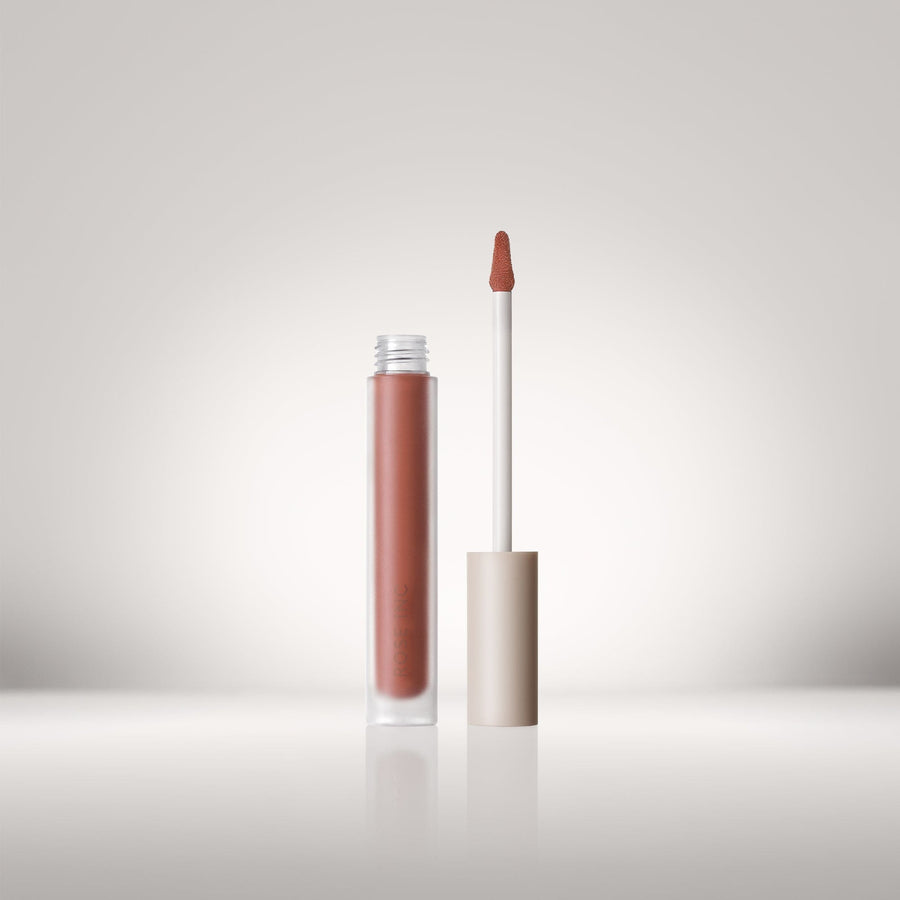
A whipped, cashmere-soft cream that delivers buildable opaque color with...
Count the Ways
Beige pink
Kiss and Part
Blush pink
Ever Loved
Melon pink
Of Stars
Cool pink
Dreamed You
Warm rose
A Glimpse
Cool mauve
Two Were One
Rose brown
Love Beckons
Wine red
Then I Knew
Plum berry
Their Union
Vivid pink
Mortal Flame
Fiery red
Count the Ways
Beige pink
Diffused, smoothing, and pigment-rich

A velvet-soft cream that illuminates the complexion while smoothing the...
Lustrous
Rich copper
Glancing
Rosy bronze
Prismatic
Warm gold
Opalescent
Cool pink
Brilliant
Pearl
Lustrous
Rich copper
Illuminating, smoothing and non-comedogenic

An enriched longwearing lip crayon that delivers saturated matte color...
Beams
Plum
Quartz
Rose
Abstraction
Smoky peach
Sixteen
Deep berry
Beams
Plum
Smoothing, plumping and conditioning

An intensely hydrating treatment that restores pillowy bounce to lips.
Plush, conditioning and replenishing

A hydrating cream that brightens and blurs with a radiant...
Hydrangea
Light cool pink
Wisteria
Coral pink
Anemone
Coral
Heliotrope
Apricot
Delphine
Muted peach
Daylily
Rich taupe
Foxglove
Warm terracotta
Ophelia
True pink
Camellia
Mauve
Hibiscus
Bright plum
Azalea
Berry
Dahlia
Deep berry
Hydrangea
Light cool pink
Brightening, blurring and refillable

A pair of pigment-rich eyeshadows that visibly smooth delicate skin.
Satin Copper/Copper Shimmer
Satin Cocoa/White Gold Shimmer
Satin Plum/Lavender Shimmer
Satin Olive/Khaki Shimmer
Satin Copper/Copper Shimmer
Pigment-rich, lustrous and versatile

Creamy lipstick that plumps the lips while drenching delicate skin...
Besotted
Beige pink
Hypnotic
Sandy beige
Poetic
Muted coral
Enigmatic
Terracotta pink
Persuasive
Warm rose
Graceful
Golden brown
Poised
Deep brick
Demure
Cool blush
Intuitive
Deep mauve
Eloquent
Soft plum
Besotted
Beige pink
Line-blurring, plumping and softening
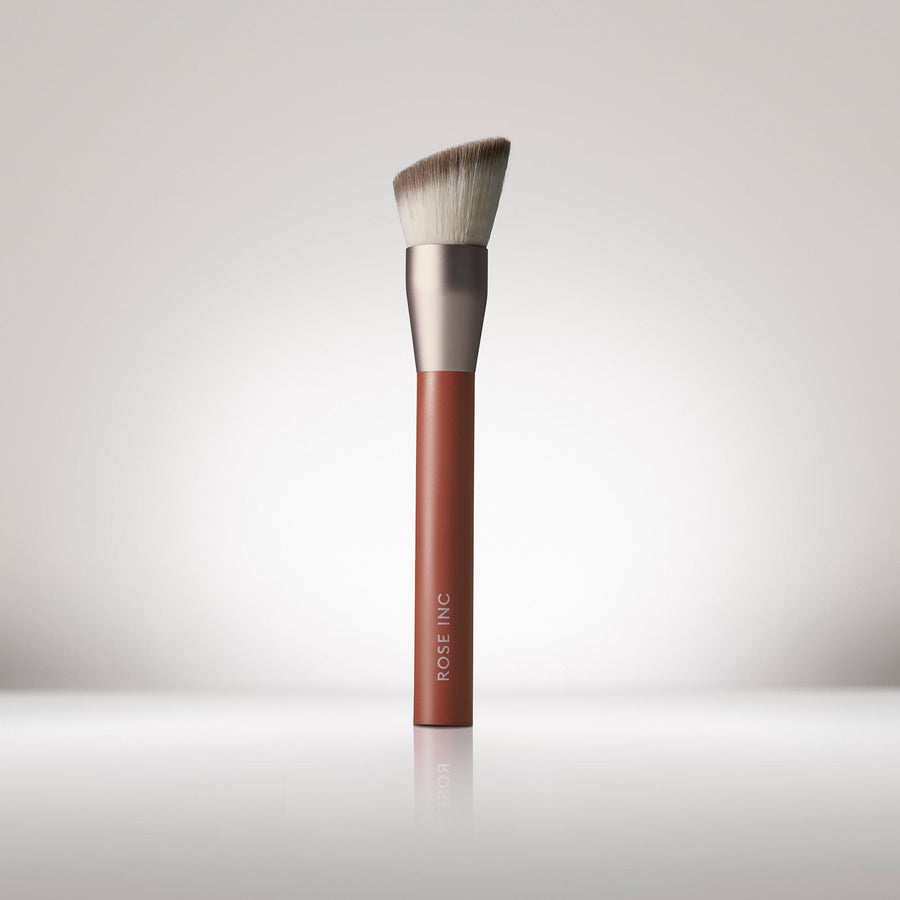
An angled brush designed for control and seamless blending along...
Blending, diffusing and vegan

A powerful hydrating serum that instantly brightens the complexion with...
Hydrating, illuminating and non-comedogenic

A non-comedogenic, daily sunscreen with the benefits of a brightening...
Protective, no white cast, and non-comedogenic
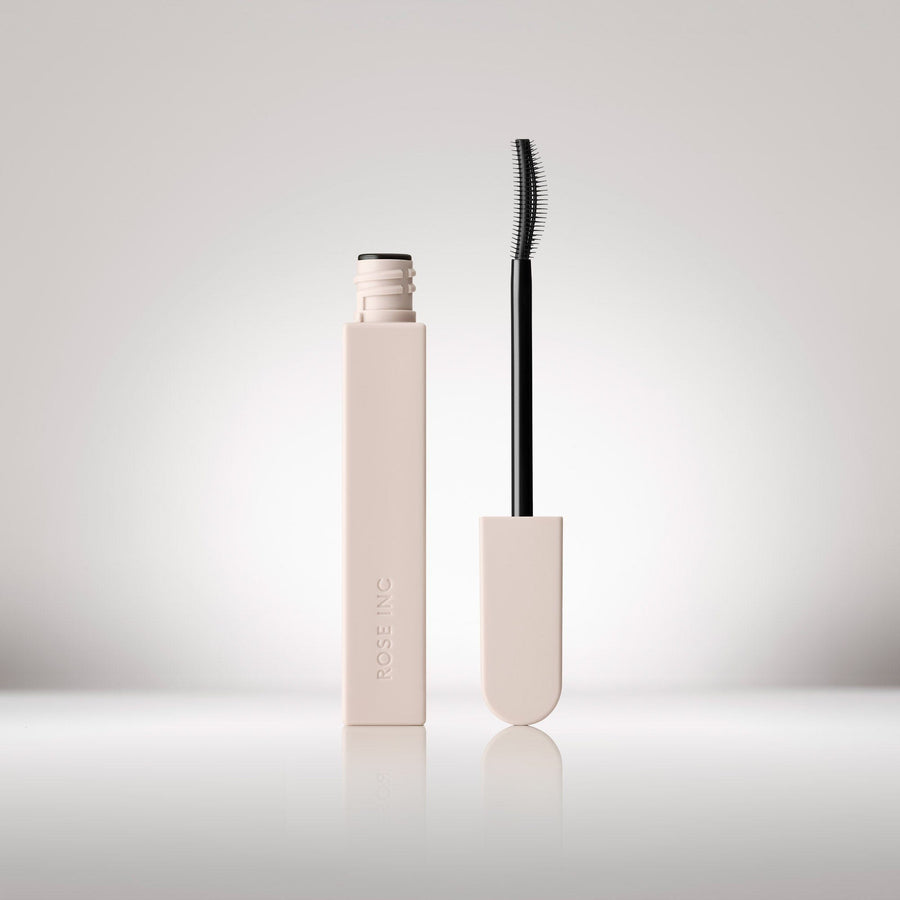
A rich, glossy mascara that lengthens, lifts and fortifies lashes.
Lifting, lengthening and fortifying

A conditioning pomade-serum hybrid that volumizes and grooms for expertly shaped brows.
Volumizing, grooming and conditioning

A next-generation moisturizer that delivers a burst of intense hydration.
Brightening, firming and balancing

Protect yourself

An expert weighs in on how to guard yourself against the deadly disease, from preventive tips to tell-tale symptoms to know.

The massage therapist talks all things lymphatic drainage, from benefits to at-home techniques to try now.
Add items to your bag to unlock this gift.
Creamy lipstick that plumps the lips while drenching delicate skin in moisture.
Value$28.00 USDBesotted
Beige pink
Hypnotic
Sandy beige
Poetic
Muted coral
Enigmatic
Terracotta pink
Persuasive
Warm rose
Graceful
Golden brown
Poised
Deep brick
Demure
Cool blush
Intuitive
Deep mauve
Eloquent
Soft plum
Besotted
Beige pink
Add items to your bag to unlock this gift.
A barrier-protecting micellar cleansing gel-cream that dissolves makeup and pollution.
Value$26.00 USDAdd items to your bag to unlock this gift.
A pigment-rich cream shadow that visibly smooths delicate skin while delivering multidimensional looks.
Value$12.00 USDSatin Copper
Rich red copper
Satin Cocoa
Neutral brown
Satin Plum
Deep cool purple
Satin Olive
Dark green
Satin Copper
Rich red copper
Add items to your bag to unlock this gift.
A pressed shimmer shadow that visibly smooths delicate skin while delivering multidimensional looks.
Value$12.00 USDWhite Gold Shimmer
Light gold with pearl
Copper Shimmer
Copper gold
Lavender Shimmer
Light metallic purple
Khaki Shimmer
Metallic green-gold
White Gold Shimmer
Light gold with pearl
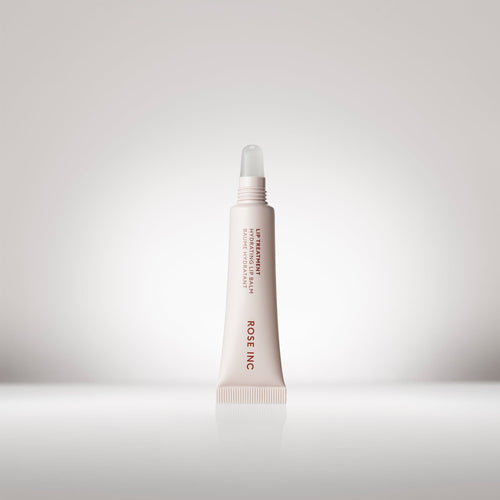
An intensely hydrating treatment that restores pillowy bounce to lips.
An intensely hydrating treatment that restores pillowy bounce to lips.

A hydrating cream that brightens and blurs with a radiant...
Hydrangea
Light cool pink
Wisteria
Coral pink
Anemone
Coral
Heliotrope
Apricot
Delphine
Muted peach
Daylily
Rich taupe
Foxglove
Warm terracotta
Ophelia
True pink
Camellia
Mauve
Hibiscus
Bright plum
Azalea
Berry
Dahlia
Deep berry
Hydrangea
Light cool pink
A hydrating cream that brightens and blurs with a radiant...

A non-comedogenic, daily sunscreen with the benefits of a brightening...
A non-comedogenic, daily sunscreen with the benefits of a brightening...
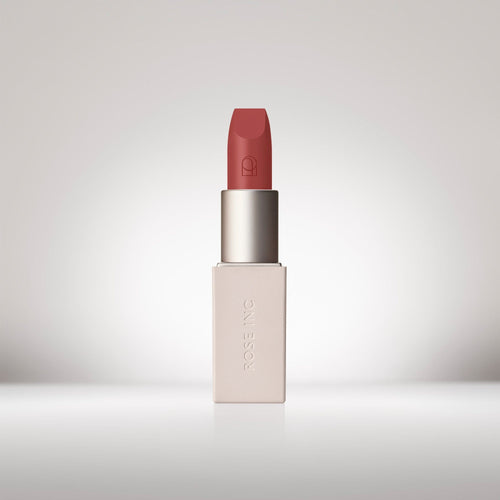
Creamy lipstick that plumps the lips while drenching delicate skin...
Besotted
Beige pink
Hypnotic
Sandy beige
Poetic
Muted coral
Enigmatic
Terracotta pink
Persuasive
Warm rose
Graceful
Golden brown
Poised
Deep brick
Demure
Cool blush
Intuitive
Deep mauve
Eloquent
Soft plum
Besotted
Beige pink
Creamy lipstick that plumps the lips while drenching delicate skin...
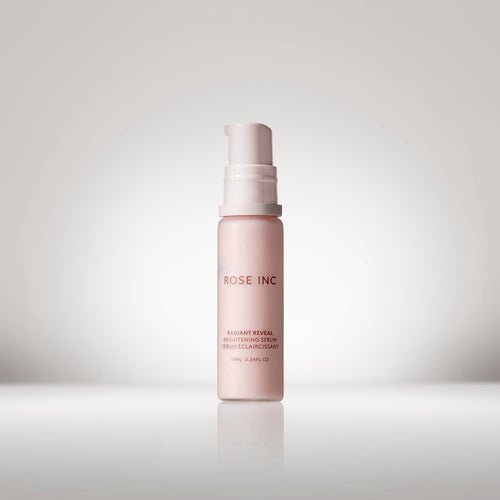
A powerful hydrating serum that instantly brightens the complexion with...
A powerful hydrating serum that instantly brightens the complexion with...
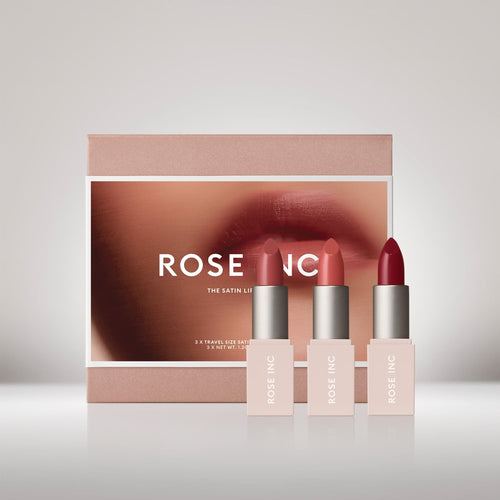
Two mini versions of our bestselling shades and one limited...
Two mini versions of our bestselling shades and one limited...

A conditioning pomade-serum hybrid that volumizes and grooms for expertly shaped brows.
A conditioning pomade-serum hybrid that volumizes and grooms for expertly shaped brows.

An angled brush designed for control and seamless blending along...
An angled brush designed for control and seamless blending along...
Your browser is out of date, and may not be compatible with our website.
You can update your browser from the link below.
Download the latest version of your prefered browser



